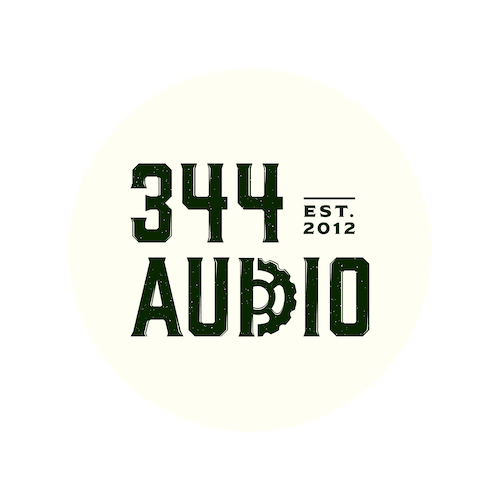


In recent years, renowned filmmakers like Christopher Nolan have come under fire from audiences and fellow directors alike. Sparking controversy through the auditory experience of their films in cinemas. Debates like this have seemingly prompted the European Broadcasting Union (EBU) to throw their hat in the ring, introducing new cinematic content loudness recommendations that aim to strike a balance between artistic expression and audience comfort, without completely removing creative and subjective decision making.
Chris Nolan, the director behind blockbusters like ‘Inception’ and ‘The Dark Knight Trilogy’, has found himself in the midst of a unique and long running debate. Since 2014’s ‘Interstellar', criticism has mounted over the clarity and audibility of dialogue, partially due to the levels of music sound effects in his theatrical mixes (Namely ‘Tenet', 'Oppenheimer' and 'Dunkirk'). Unfortunately, this has resulted in discomfort, and in extreme cases, pain amongst moviegoers. Disrupting the immersive experience we all love and leading to some audience members walking out of theatres. Nolan's justification for dialogue clarity issues falls down to an artistic choice, stemming from his refusal to re-capture lines through ADR. Stating “I like to use the performance that was given in the moment rather than the actor re-voice it later. Which is an artistic choice that some people disagree with, and that’s their right.” Enter EBU and their latest R128 s4 Loudness Normalization recommendations.

Like other content being mixed and delivered to EBU R128 specifications, there are multiple factors and measurements to take into account. Before the latest recommendations, the most important of these were; Programme Loudness (The integrated loudness over the duration of a programme) and True Peak Level (The maximum value of the audio signal waveform of a programme in the continuous time domain). However, in their ‘Cinematic Content’ recommendations you’ll now also find; Dialogue Loudness (The average loudness of the speech component of a programme) and Loudness to Dialogue Ratio (The difference between Programme and Dialogue Loudness). The goal with these new measurements is to ensure that no dynamic adaption will be needed between the theatrical and home/streaming release of a programme.
EBU recommend that Loudness to Dialogue Ratio should not exceed 5 LU (Loudness Units). They believe that, if the LDR is within 5 LU “no dynamic adaptation needs to be performed, thus keeping the quality of the original mix.”. Alongside these Dialogue specific measurements, a Programme Loudness target level of -23.0 LUFS, and a True Peak Level below -1dBTP is recommended. On the surface, it appears to be a rational solution, but why could this be a double-edged sword for re-recording mixers and filmmakers alike?
Cinematic storytelling thrives on dynamic range, leveraging highs and lows to convey emotion and build tension. Enforcing a rigid standard risks stifling the artistic choices that make cinema a powerful medium. The recommended LDR may not be universally applicable, different genres require distinct approaches to sound design. The intensity of a high-octane action sequence against a tender, dialogue-driven moment requires flexibility that a one-size-fits-all approach may not accommodate. Crafting a mix that preserves artistic intent whilst ensuring clear and intelligible dialogue is a delicate dance. One that the finest re-recording mixers have mastered to navigate the diverse landscape of cinematic storytelling. Historically this was carried out via calibration to Dolby 7 (85 dB SPL C-weighted) and the mixer would use subjective artistic judgment to craft a theatrical mix.

Filmmaking will always be a subjective and divisive art form. Keeping in mind that Nolan’s movies are the most notable examples of this debate in the mainstream, then taking into account how far technological advancements have taken digital audio, plus the role of re-recording mixers. We think the introduction of similar standards should be kept as a last resort option. It's imperative for filmmakers, audio engineers, and industry stakeholders to engage in a continuous dialogue that balances creativity with audience comfort to ensure that the cinema experience can be enjoyed by generations to come.

344 Audio is an Audio Post Production Company in Manchester.
If you enjoyed this post, discover our Ultimate Guide to Audio Post-Production.
Curious to hear our work? Listen to our portfolio.
Keen to learn more about Foley? Explore our Creative Foley Workshop.
Eager to learn more about Audio Post and Sound Design? Explore our Audio Post Essentials Course.
We also have Pro Tools templates and sound effects available for purchase.